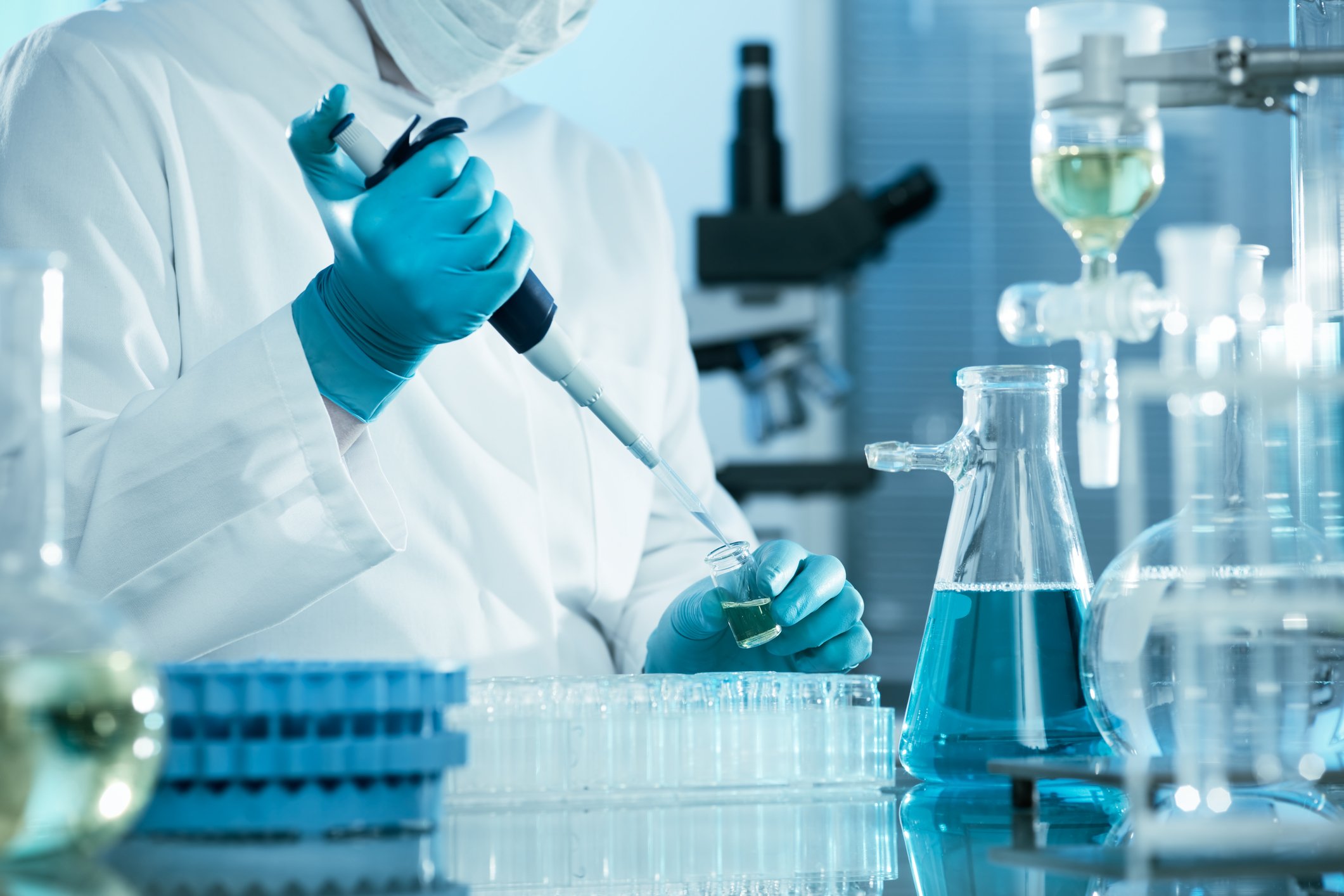
Laboratories are the heart of scientific and medical research, where groundbreaking discoveries are made. Modern lab equipment plays a significant role in these advancements by providing accurate results, reducing human error, and increasing efficiency. This article aims to guide you through some common modern lab equipment and their uses.
Firstly, microscopes are an essential tool in any laboratory setting. They allow scientists to view particles that cannot be seen with the naked eye, such as bacteria and viruses. In recent years, technological advances have led to the development of electron microscopes which provide even more detailed images at a molecular level.
Another crucial piece of equipment is the centrifuge machine used for separating different components of a liquid based on their densities. It spins samples at high speeds creating a force that causes heavier substances to settle at the bottom while lighter ones remain on top. Centrifuges are particularly useful in DNA extraction processes or when isolating proteins from blood samples.
Spectrophotometers are also indispensable tools in modern labs. These instruments measure light intensity as a function of color (wavelength). They’re commonly used in analytical chemistry for determining compounds’ concentration within solutions by measuring how much light they absorb.
Autoclaves play an important role in maintaining sterility within laboratories by killing bacteria, viruses, fungi and spores present on various objects or surfaces using pressurized steam heat. This makes them vital for preventing contamination during experiments especially those involving cell cultures or microbiological samples.
In addition to these mainstay pieces of equipment, many other specialized tools exist depending on the field’s specific needs: PCR machines amplify DNA segments; Gas Chromatograph-Mass Spectrometers analyze chemical substances; Flow Cytometers sort cells based on their properties; Scanning Electron Microscopes create high-resolution images; among others.
Furthermore, modern labs increasingly use automated systems like robotic arms or conveyor belts for repetitive tasks such as pipetting or moving samples around – this not only saves time but also reduces the risk of human error.
Lastly, it’s important to note that while these machines are crucial for scientific advancement, they’re only as good as the people operating them. Proper training and understanding of each piece of equipment are essential to ensure accurate results and safe laboratory practices.
In conclusion, modern Lab Equipment has revolutionized the way we conduct research and made significant contributions to various fields such as medicine, biology, chemistry, and physics. As technology continues to evolve, we can expect even more sophisticated tools that will further enhance our ability to explore and understand the world around us.
